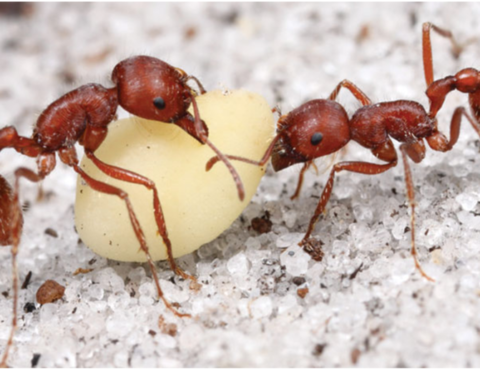
Dr. Lew Feldman, Garden Director In a previous IGYA: The Seed, we spoke of the seed being a most remarkable structure, comprised as it is of the embryo, nutrition to support the newly germinated seedling and often modifications to facilitate seed dispersal. Once dispersed, the seed is ready for germination; or is it? Getting seeds…
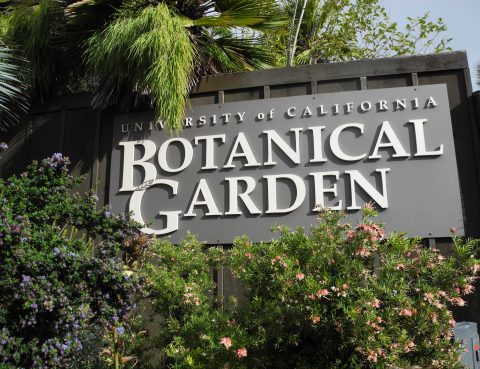
Jessica Parker, Director of Development New COVID-19 visitation protocols to help keep you safe. After a closure period of over three months, the UC Botanical Garden at Berkeley is excited to welcome back our community of supporters and plant enthusiasts. Beginning Tuesday, July 14, 2020, from 12 – 5 pm, Garden Members will have exclusive…
To download an image: Click on the image, then right click to save. Zoom Virtul Background Instructions
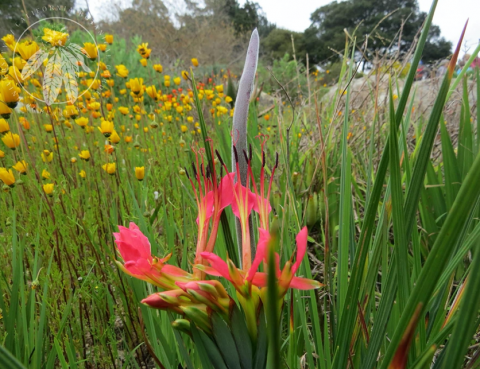
Ethan Fenner, Horticulturist A visit to the Southern African collection is rewarding any day of the year. Walking south along the main road, just past the Arid House, you’ll find the sloped beds representing an ecoregion known, generally, as “Karoo.” Derived from a KhoeKhoegowab word meaning “Land of thirst” (1), the Karoo beds are home to…

Vanessa Handley, Director of Collections & Research This article was originally printed in the UC Botanical Garden Newsletter, Vol. 44, 2019 Tropical forests are the most biodiverse ecosystems on Earth, collectively harboring roughly 60% of the world’s species. Tragically, these cradles of biodiversity are also among the most critically imperiled. Current estimates indicate that tropical…

Jason Bonham, Horticulturist Stuck at home and unsure of what to grow? Now is the time to plant cucumbers! Cucumis sativus, aka cucumbers, are part of the Cucurbitaceae family. This family is commonly called the gourd family and contains pumpkins, squashes and zucchini to name a few. Cucumbers are native to India and have been…
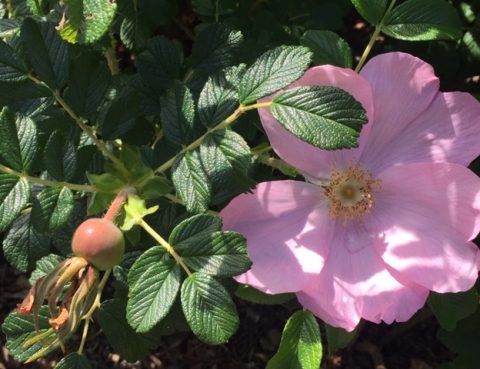
Anthony Garza, Supervisor of Horticulture & Grounds Roses are red violets are blue these here roses are missing you Over and gone the season will arc so grow Rosa roxburghii it really has bark Only one bloom but fabulous hips your simple beauty let’s come to grips Despite my heavy (read: absurdly biased) preference for…
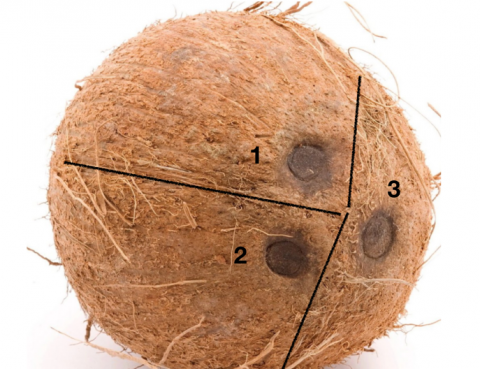
Of the many different structures produced by plants, one of the most remarkable is the seed. At its most basic, the seed is a reproductive structure consisting of an embryonic plant enclosed in a protective covering, the seed coat. But this simple definition hardly acknowledges all that the seed is and does. Within the seed…
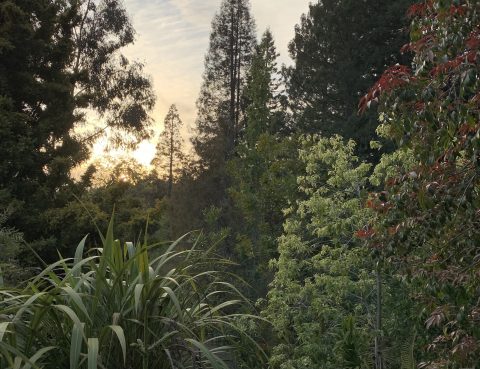
With the onset of warm weather, the collection care team has been busier than ever! We are still working in a reduced staffing mode so the Garden is a little less groomed than usual but, overall, it is as healthy and beautiful as ever. This is a testament to our horticultural and curatorial staff, both…

Image above: A selection of cones from a variety of conifers Dr. Lew Feldman, Garden Director Cones, such as found on pine trees, serve to protect the developing seed. Sometimes too, pine cones function in dispersal of the seeds. Because of their often large sizes, it takes a lot of energy (photosynthate) to make a…
